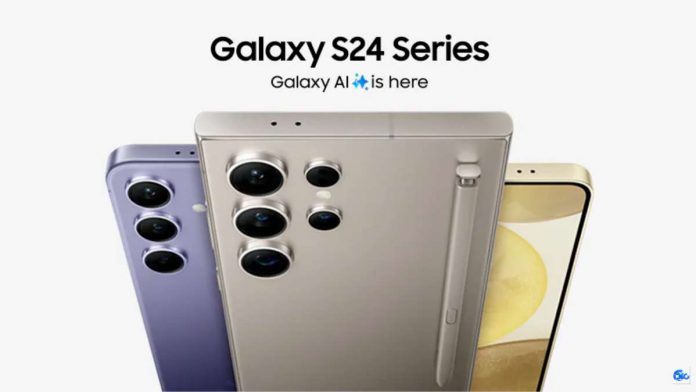Mostly public cut off from the internet when there is a natural calamity or statewide internet ban initiated by the government. In both cases, without the internet or mobile network connection, every smartphone becomes useless.
But don’t worry, in the midst of an internet ban or natural calamity, there are some apps available for Android and iOS to enable communication with nearby friends. These are some special messaging apps that help you to chat without internet or network connection.
Users only have to enable Bluetooth and WiFi to send and receive messages when not connected to a network — apps create a mesh network using Bluetooth and peer-to-peer WiFi to chat without internet.
You can use all these apps anywhere — planes, public transportation, cruise ships, campuses, and crowded events. All you need is a few people around you who installed the same particular app to communicate.
Contents
Chat without internet:
1. Bridgefy
Bridgefy is another popular offline messaging app that lets you communicate with friends and family when you don’t have access to the internet. When without internet connection, Bridgefy works in three different ways:
- Person to person mode — where you have to turn on Bluetooth and chat privately with friends that are within 330 feet (100 meters) of you.
- Mesh mode — where chat without internet with people more than 330 feet from you by connecting through other Bridgefy users found in the middle. For example: person 1 can talk to person 3 if person 2 is in the middle, making the possible distance 660 feet (200 meters). The same goes for an unlimited number of people in the chain.
- Broadcast mode — Go into the Broadcast section and send messages to every Bridgefy user around you at the same time, even if you don’t have them on your contacts list.
2. White Mouse Private Messenger
White Mouse Private Messenger offers a sanctuary for secure and reliable communication with the ability to function without internet access between devices that are within a 100-meter radius. Its end-to-end encrypted, both at the application and network levels. This ensures that your messages are secure from prying eyes, giving you peace of mind every time you hit ‘send.’ But the app takes it a step further with its self-destructing messages. You can set your messages to automatically delete after a specific time, be it 1 hour, 8 hours, or even 24 hours. The app also supports a wide range of media sharing options, from text and photos to files, videos, and voice clips. It even supports voice and video calls, making it a comprehensive tool for all your communication needs without internet.
3. Briar
Briar is an open-source messaging app for Android designed for activists, journalists, and anyone else who needs a safe, easy and robust way to communicate. Briar doesn’t rely on a central server – messages are synchronized directly between the users’ devices. If the internet’s down, Briar can sync via Bluetooth or Wi-Fi, keeping the information flowing in a crisis. If the internet’s up, Briar can sync via the Tor network, protecting users and their relationships from surveillance.
4. Talkie
Talkie enables communication with devices at distances of Wi-Fi signals without using an Internet connection or a cellular network. Along with text messaging and file sharing features, Talkie comes with Wi-Fi voice calling.
5. Voxer Walkie Talkie Messenger
Voxer is the only walkie talkie messenger app available for Android and iOS with end-to-end encryption. With Voxer you can send instant audio, text, photo and location messages to one friend or a group of your friends. These messages are recorded in each chat, so you can play them again later as many times as you want. Another advantage is the possibility of recording messages when you do not have an Internet connection.
6. Intercom
Intercom is another one of the best offline messaging app to chat without internet connection on Android and iOS. With a somewhat retro design, Intercom walkie talkie app makes connectivity possible between two devices via Bluetooth or Wi-Fi direct. Although it has a simple appearance, inside it hides some advanced functions such as video and photo transmission and the possibility of sending text messages. Therefore, it is possible to use it, for example, as a baby monitor.
7. Walkietooth
Walkietooth offers all types of possible connections — via Wi-Fi, with Wi-Fi Direct connection or via Bluetooth, which means that it is an offline messenger, so you can chat without internet on Android. To do this, you must first configure a terminal as a server and then connect the “clients” to it.
8. AirChat
AirChat offers offline communication on iOS with peer-to-peer chat capabilities over WiFi or Bluetooth. The app functions seamlessly even when you don’t have access to the internet. AirChat takes privacy seriously by ensuring that all messages are sent directly between devices, eliminating the need for a third-party server.
9. Bluetooth Chat
Bluetooth Chat allows users to send short messages and images via Bluetooth technology. The app is particularly useful when you’re within Bluetooth range but lack internet access. The app is completely open-source.
10. Meshenger
Meshenger is a true P2P phone application designed for voice and video calls. With this app, you can chat without internet access and there’s absolutely no advertising or data collection involved. The app operates over local networks, making it ideal for community and company networks, as well as home use. All you need to do is scan each other’s QR codes, and you’re ready to make calls. The app calls an IP address over existing Wi-Fi networks, ensuring that your communication remains within your chosen environment.
11. Rumble
Rumble is an off-the-grid micro-blogging application that doesn’t rely on the internet to function. Instead, it uses local area networks like Bluetooth and Wi-Fi to connect you with other users in your vicinity. Whether you’re at a local event, a protest, or even in an area with restricted internet access, Rumble allows you to share text and images with people around you.
So in the event of an unprecedented internet shutdown by government or unfortunate natural disaster, next time remember these apps to chat without internet or mobile network connection and communicate with nearby people.









